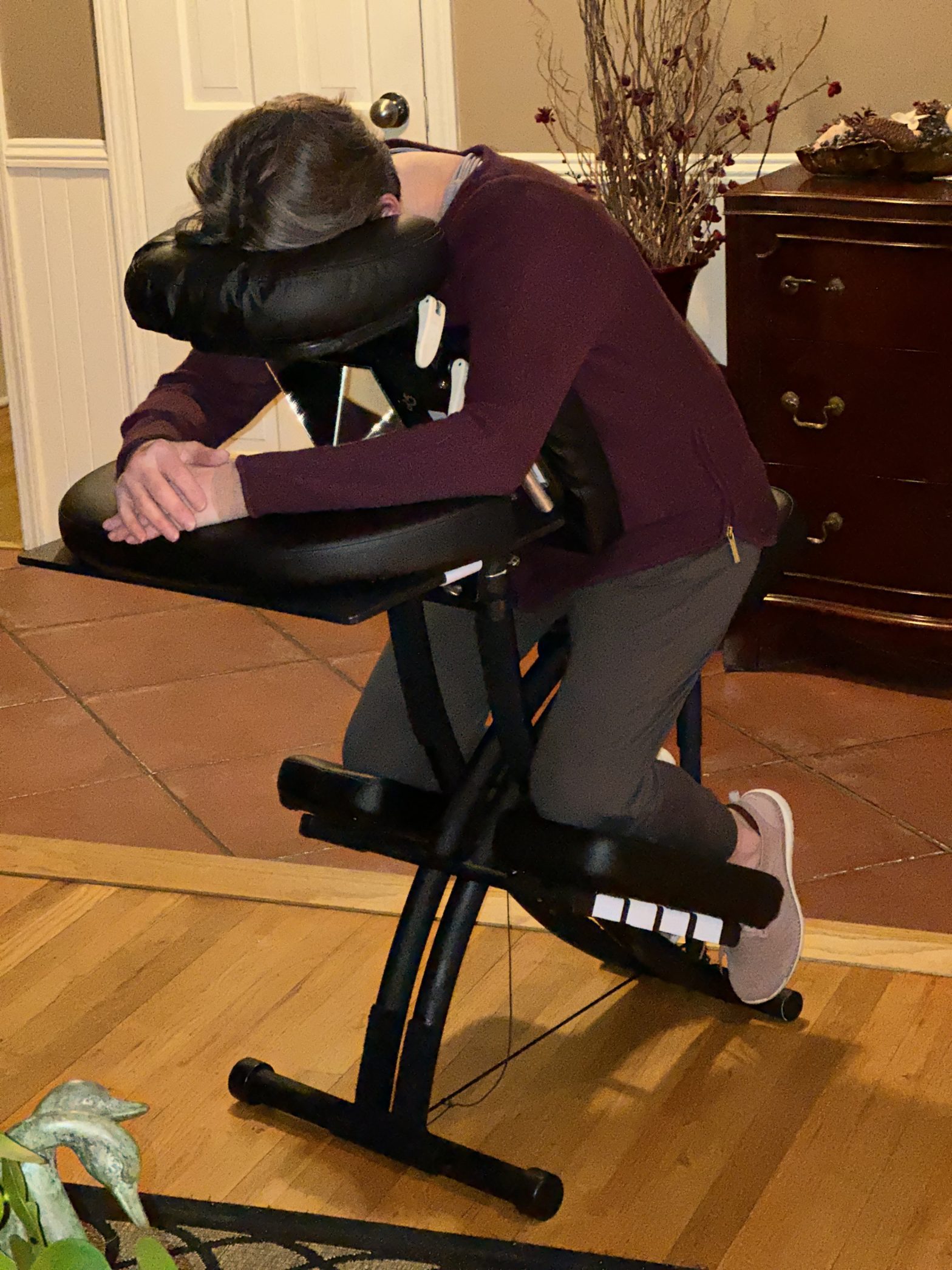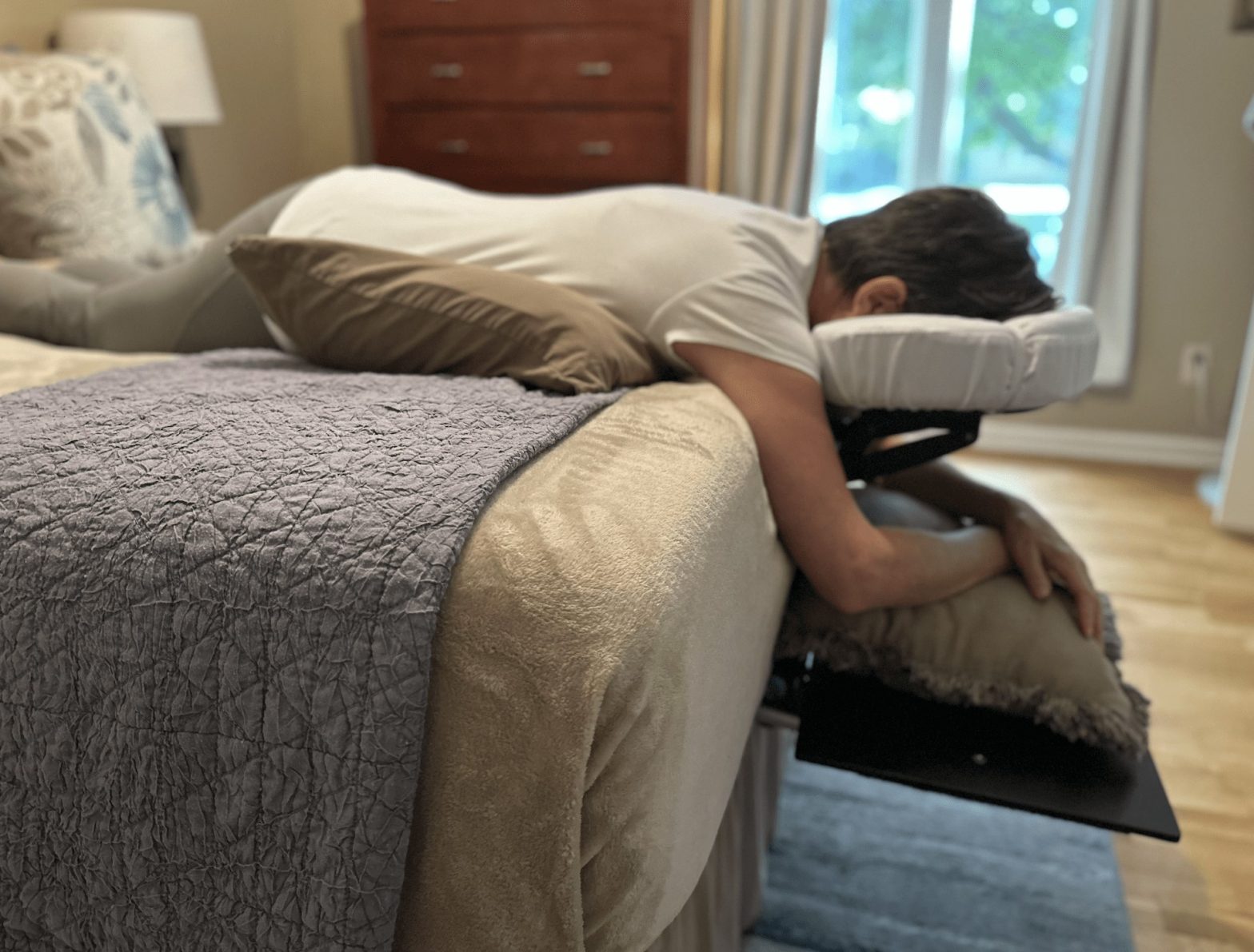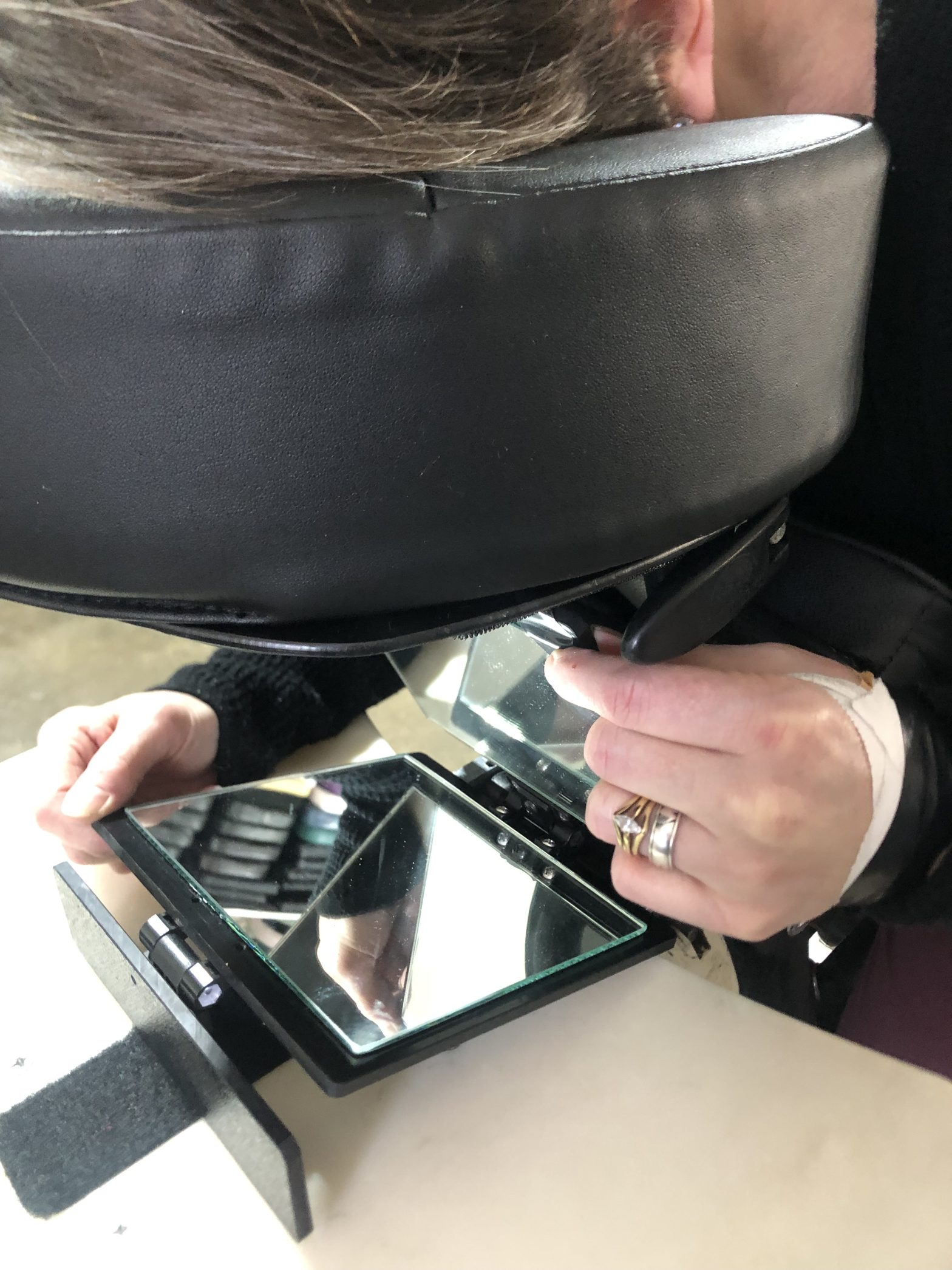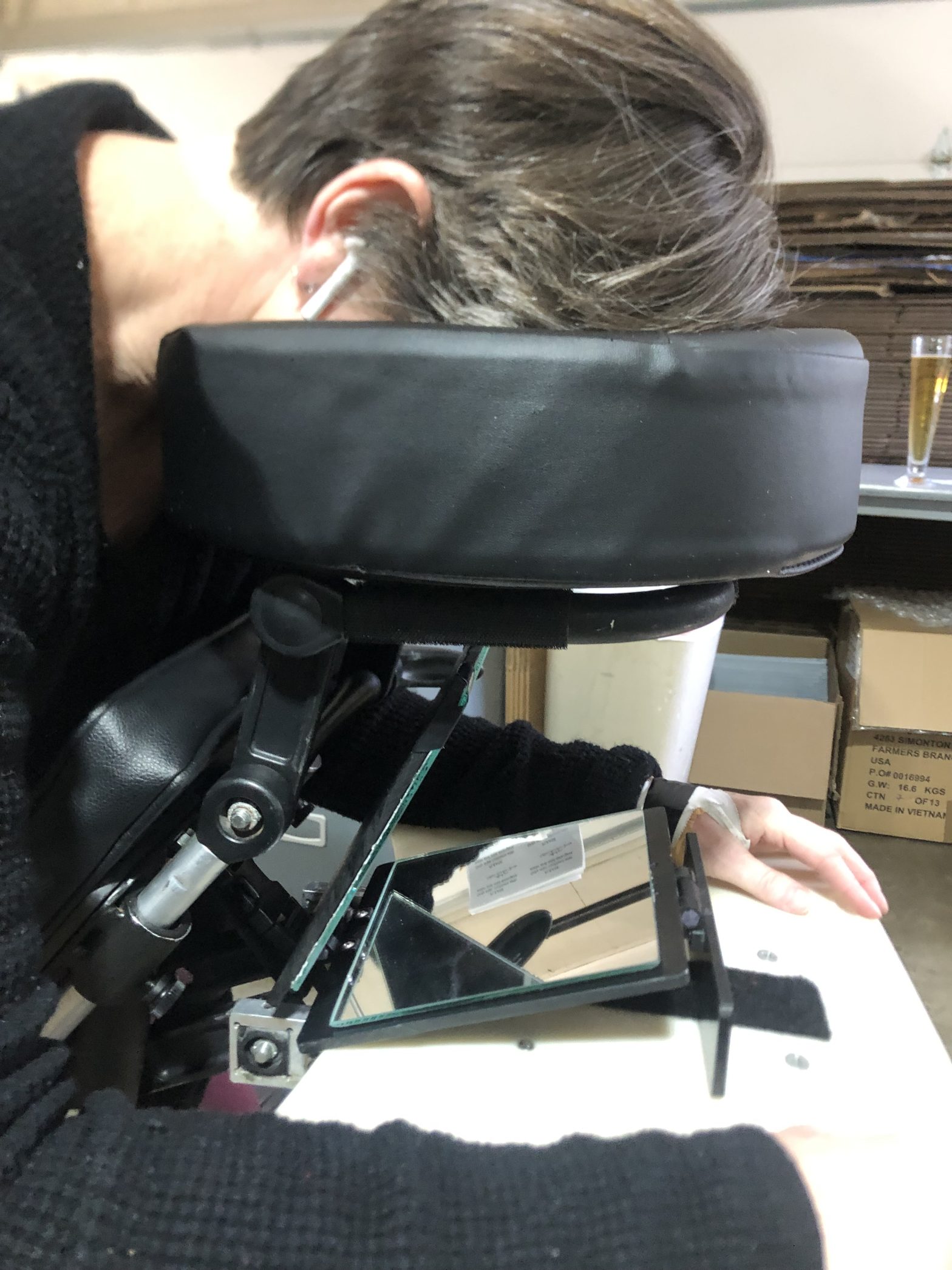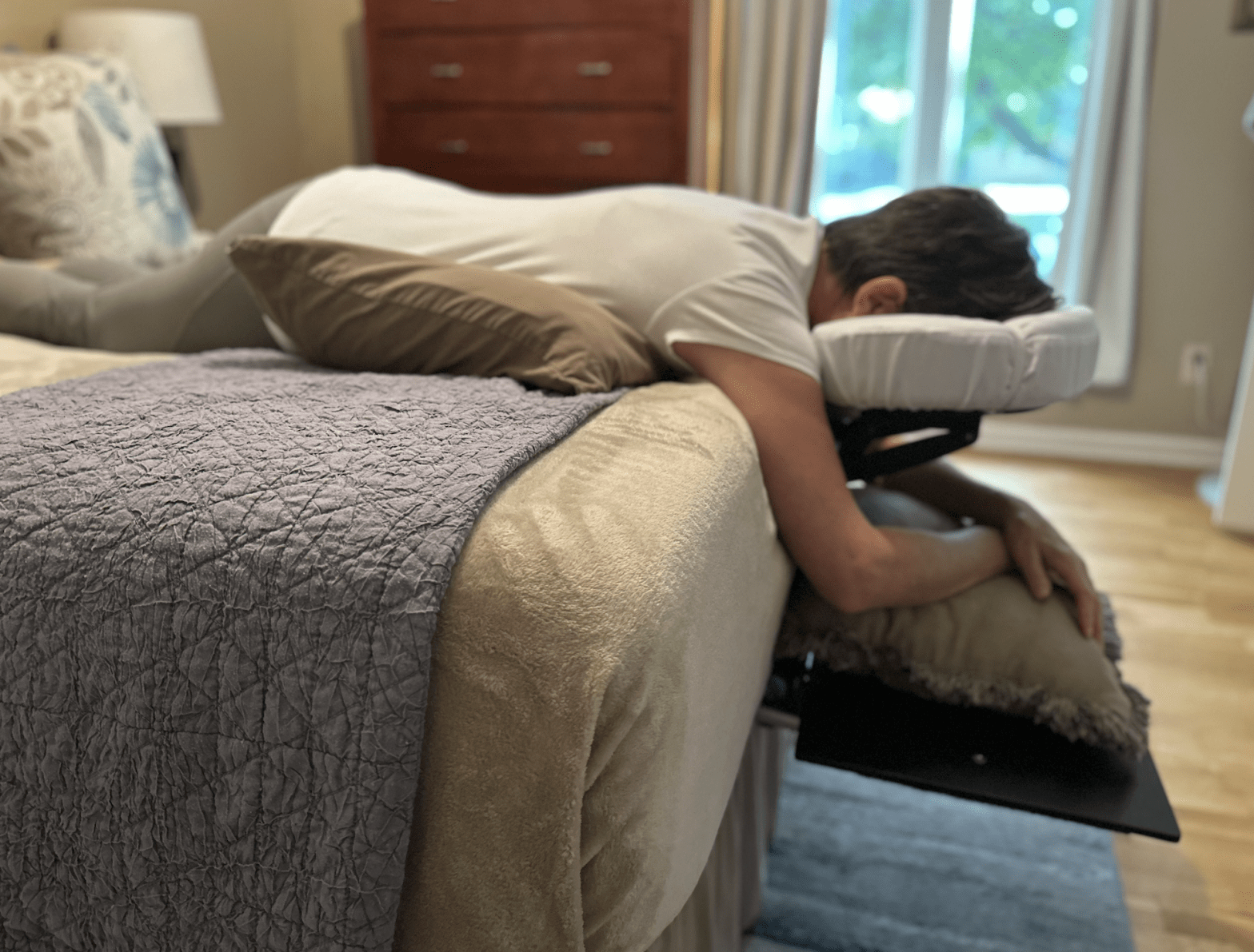For the most part, accuracy in mirrors is quite essential besides just making your face. It has a clinical function in rehabilitation and recovery environments at home. Whether recovering from an operation, using a face-down mirror after eye surgery, or simply getting the optimal mirror positioning to view television, knowing what types of mirrors you need can help you see comfortably and clearly. Adaptive Mirrors for Creative Recovery and Mobility Needs at Scouter Medicals. They carefully design their medical equipment rentals. In this guide, we’re breaking down mirror types, the most accurate, and the vital role of mirror positioning in achieving the best results.
What Is Meant By “Mirror Accuracy”?
Before we delve into the types of mirrors, let’s define “accuracy” in this context. It means:
- True scale reflections, nothing distorted or warped.
- Colors and shapes are unaltered in distortion.
- Reputable viewing angles; that is critical for medical recovery or in-bed use.
Accuracy is critical in medicine. For instance, patients recovering from retinal surgery will use this face-down position and mirrors to view their environments without straining their battered bodies.
1. Flat Mirrors: The Most Accurate Types
When it comes to accurate reflection, flat mirrors are the order of the day (with a flat or plane mirror).
Unmistakably reflects all light rays, producing an image of the same size and proportion as the original object.
They reflect neither magnified nor shrunk nor curved images.
Because of this, flat mirrors are preferred for incorporation into face-down mirror systems, which ensure that the patients can stay in the prescribed head position and still view their surroundings.
2. Concave and Convex Mirrors: Helpful, but Not Always Correct
Some mirrors come pre-curved for some purposes:
Concave Mirror: Curved in a spoon-like manner, this mirror may magnify and make the image appear larger.
This type of mirror is mostly used on make-up mirrors or surgical lights, but it is not ideal to see a fine accurate reflection when viewed from a distance.
Convex Mirror: Curved outwards. They are widely used for security or automotive purposes because they provide a wider-angle view, but they actually distort the size proportion of the reflected objects.
Thus, not for the post-surgery procedure for accuracy or daily task requirements (like reading, watching TV, or checking progress of healing).
3. What Exactly is Face Down Mirror and Who Uses it?
Face down mirrors are specialized tools used mainly after commonly eye surgeries such as:
- Repair of macular holes.
- Retinal detachment surgery.
- Vitrectomy operations.
Patients remain in a position of face-down position for long periods prescribed for recovery purposes. A face down mirror allows the patient to:
- See what’s in front of or behind them without moving their head.
- Maintain post-surgical alignment.
- Reduce strain on the neck and shoulders.
At Scouter Medical, we provide face-down mirror rentals with adjustable angles and crystal clear flat glass for distortion-free reflection.
4. Proper Mirror Positioning for Optimal Use and Comfort
Mirror positioning is important, as is the type of mirror. Tips for both surgical recovery and daily comfort are important, as follows:
a. For Post Eye Surgery Positioning
- Hang the mirror slightly below head level when seated
- Adjustable stands or frames can be set to angle toward your eyes while your spine remains neutral and your head is forward-facing.
- It allows the patient to maintain the required position and experience interaction with the environment.
b. Mirror Positioned To View Television
- If bedridden, mirror placement to see television makes a difference.
- Mount a flat mirror at a 45° angle from the line of sight.
- Above the bedrest or by a frame mounted to the top of the table.
This way, patients can enjoy entertainment during recovery without hindering healing protocols or posture.
5. Benefits of Mirror-Assisted Recovery
In medical care, not much serves more than one purpose. When used well, they:
- Psychological comfort: Patients can see loved ones, caregivers, and surroundings.
- Safety: Increases spatial awareness, especially for the mobility-challenged.
Together with such tools, recovery is far less isolating and manageable.
Why Scouter Medical Is the Best You Can Get When Renting Mirrors Here:
We realize post-operative care and recovery in the long run have unique challenges with face down mirrors and positioning tools that are:
- Lightweight and travel-friendly.
- Easy to adjust for beds, chairs, and tables.
- Manufactured with medical-grade flat glass for true reflections.
- Available for short and long-term rentals at competitive rates.
The team also fully supports the setup and instructions for usage of the mirrors to ensure safe, comfortable, and compliant recovery with your doctor’s guidance.
Conclusion: The Right Mirror Makes All the Difference
So, what is the most accurate type of mirror? Simple answer: flat mirror. For even a face-down recovery from eye surgery or just looking for comfort while watching TV from bed, a flat, high-quality mirror with proper positioning is essential for realizing accuracy, comfort, and functionality.
At Scouter Medical, we offer specialized face-down mirrors and expert advice on mirror positioning, including setups to help patients see themselves or monitor their surroundings during recovery. Medical equipment rental service to people and providers of healthcare that includes Scouter Medical for trusted, affordable solutions.



